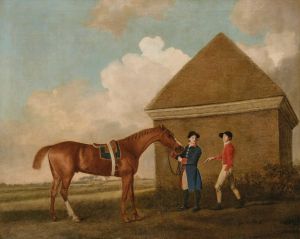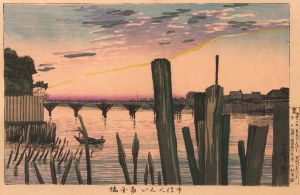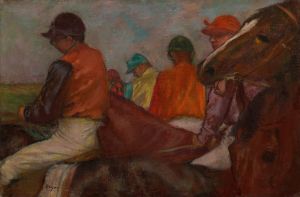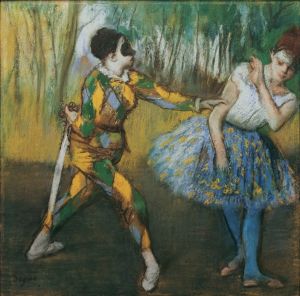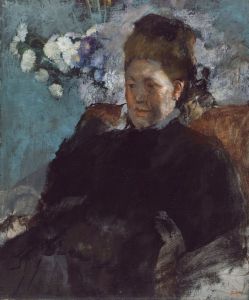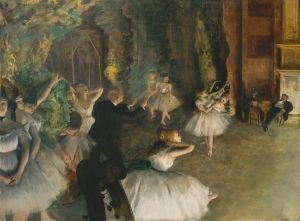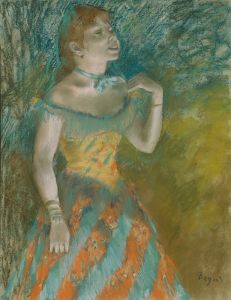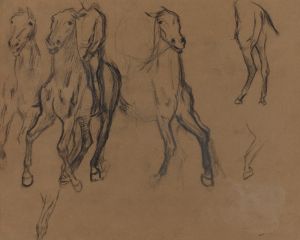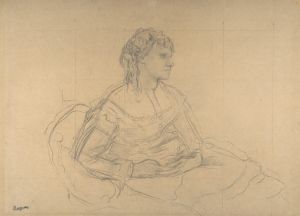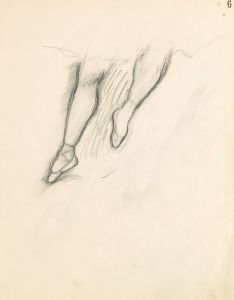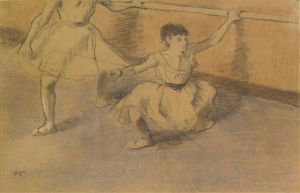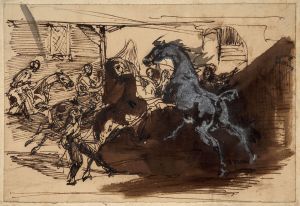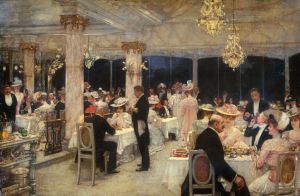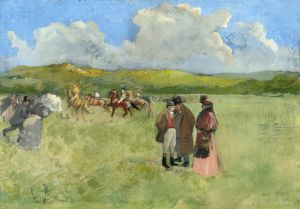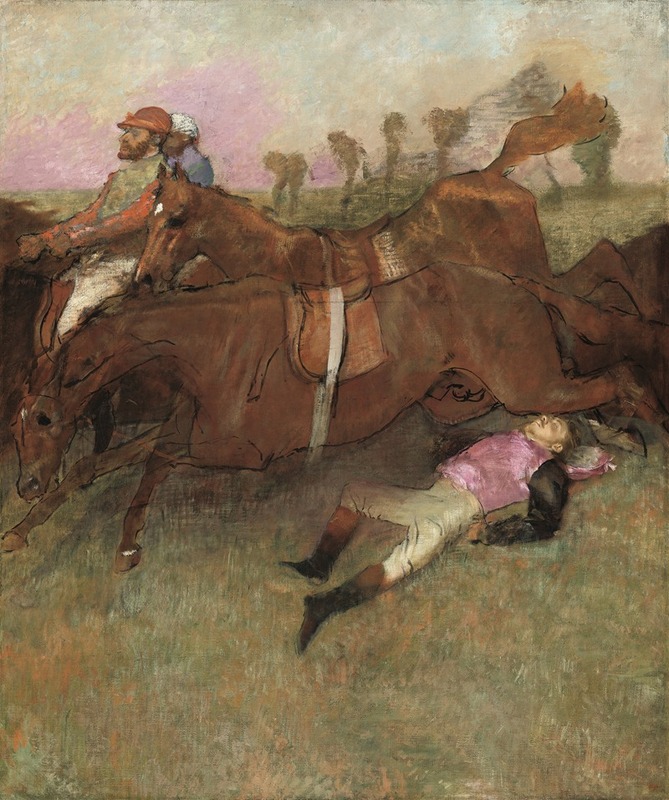
Scene from the Steeplechase – The Fallen Jockey
A hand-painted replica of Edgar Degas’s masterpiece Scene from the Steeplechase – The Fallen Jockey, meticulously crafted by professional artists to capture the true essence of the original. Each piece is created with museum-quality canvas and rare mineral pigments, carefully painted by experienced artists with delicate brushstrokes and rich, layered colors to perfectly recreate the texture of the original artwork. Unlike machine-printed reproductions, this hand-painted version brings the painting to life, infused with the artist’s emotions and skill in every stroke. Whether for personal collection or home decoration, it instantly elevates the artistic atmosphere of any space.
"Scene from the Steeplechase – The Fallen Jockey" is a notable painting by the renowned French artist Edgar Degas, created in 1866. Degas is widely recognized for his contributions to the Impressionist movement, although he preferred to be associated with Realism. This particular work exemplifies his interest in capturing dynamic movement and the complexities of modern life.
The painting depicts a dramatic moment in a steeplechase, a type of horse race that includes obstacles and jumps. The scene captures the aftermath of a fall, with a jockey lying on the ground while his horse continues to race forward. This composition highlights Degas's skill in portraying motion and the physicality of both the human and animal forms. The fallen jockey, central to the composition, draws the viewer's attention to the precariousness and unpredictability inherent in such sporting events.
Degas's choice of subject matter reflects his fascination with contemporary life and leisure activities, a common theme in his oeuvre. Horse racing was a popular pastime in 19th-century France, and Degas frequently explored this theme in his work, producing several paintings and drawings that depict various aspects of the sport. His interest in horse racing was part of a broader engagement with the modern world, as he sought to capture the energy and movement of urban life.
The painting is characterized by Degas's distinctive style, which combines elements of Impressionism with a more structured approach to composition and form. Unlike many of his Impressionist contemporaries, Degas often worked in his studio, relying on sketches and memory rather than painting en plein air. This method allowed him to focus on the formal qualities of his work, such as line, color, and composition, while still conveying a sense of immediacy and spontaneity.
In "Scene from the Steeplechase – The Fallen Jockey," Degas employs a muted color palette, with earthy tones dominating the canvas. This choice of colors enhances the realism of the scene, grounding the viewer in the physicality of the moment. The use of light and shadow adds depth and dimension to the composition, emphasizing the drama of the fall and the movement of the horse.
The painting is also notable for its innovative composition. Degas employs a diagonal arrangement, with the horse and jockey cutting across the canvas at an angle. This dynamic composition creates a sense of movement and tension, drawing the viewer's eye across the scene. The use of perspective and foreshortening further enhances the realism of the depiction, making the viewer feel as though they are witnessing the event firsthand.
"Scene from the Steeplechase – The Fallen Jockey" is housed in the National Gallery of Art in Washington, D.C., where it remains an important example of Degas's work and his exploration of modern life. The painting continues to be celebrated for its technical mastery and its insightful portrayal of a fleeting moment in time, capturing the essence of both the sport and the era in which it was created.





